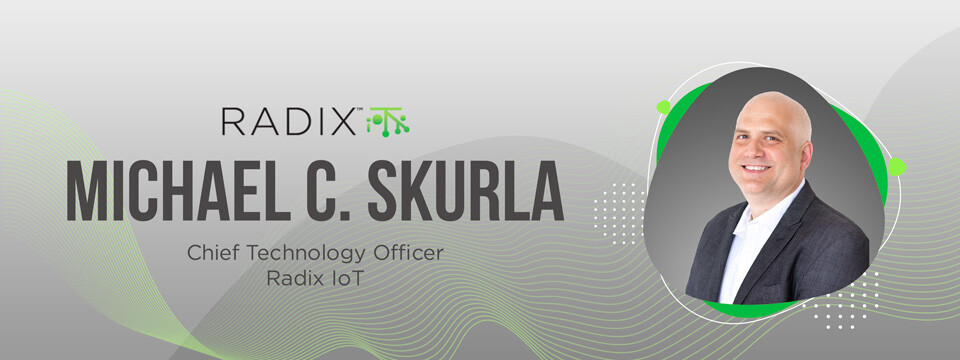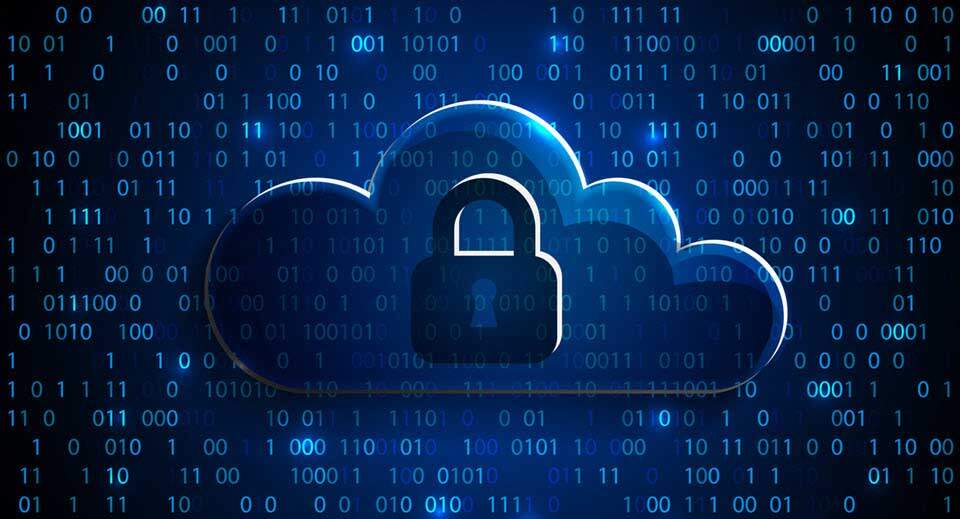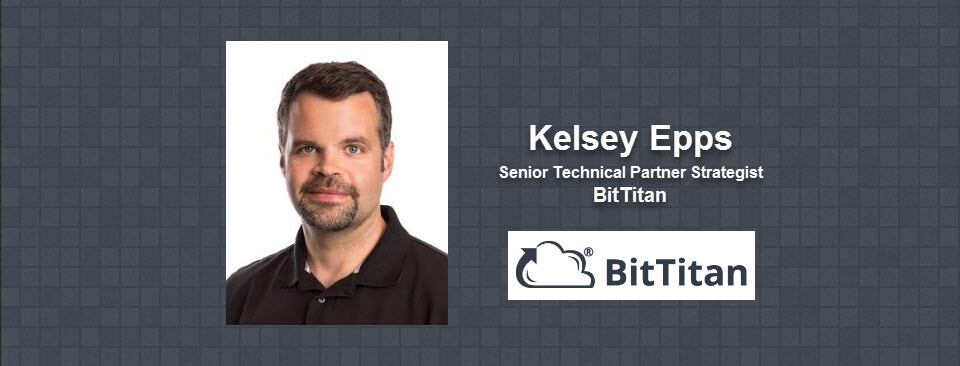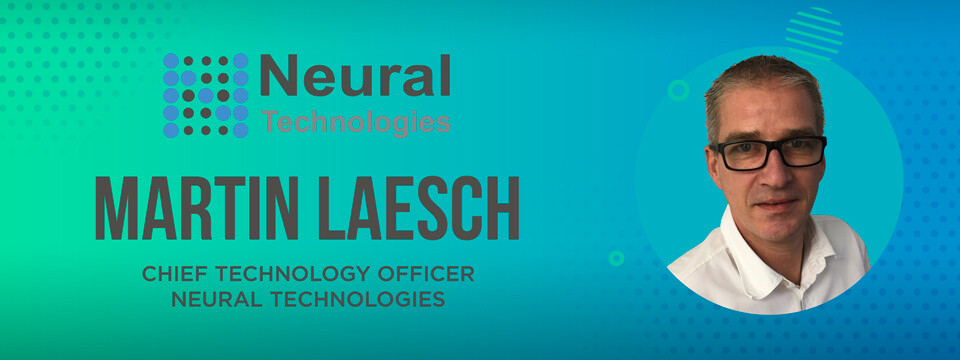By Michael C. Skurla, Chief Technology Officer, Radix IoT
From manufacturing, to healthcare, to smart city infrastructure, Edge computing frameworks are enabling business and consumer networks worldwide. About 75 billion IoT devices are expected to be online by 2025. An estimated 127 new devices come online every second.
The more connected devices, the higher demand for uninterrupted connectivity, and the more critical the role of Edge data centers, which, placed in closer vicinity to users, become enablers that expedite processing capability. As the next-gen data centers, Edge sites play a critical role in our always-on society. Especially as work and learning from home have become the norm, neither businesses nor consumers can afford downtime or latency. Low tolerance for failure or outages positions Edge data centers as facilities that serve essential infrastructure. These data centers are strategically located close to essential public or private enterprise applications and built out in networks parallel to larger data centers.
Set in remote, hard-to-reach areas, unmanned Edge data centers are mostly operated with software solutions – including IoT platforms, which enable remote management, triage, and monitoring of the sites. This is an ideal scenario to maintain operations amid disasters, or as proven during the current pandemic crisis.
Full interoperability with the existing systems allows IoT platforms to be seamlessly connected and up and running in no time. Whether managing one site or thousands of geographically distributed sites, IoT platforms allow operators to remotely manage and troubleshoot portfolios of locations from one central location.
IoT Platforms Offer Actionable Analytics
IoT platforms’ unified management dashboard allows operators to remotely monitor and manage critical facilities’ equipment across geographically distributed locations, maintaining business continuity from a single pane of glass. The data acquired from IoT platforms feeds runtime analytics, allowing for preventative maintenance to eliminate costly downtime. When an average network’s downtime can cost nearly $5,600 per minute or $300,000 per hour, according to Gartner, avoiding downtime is critical. With an IoT platform in place, operators receive risk notifications before major problems turn into costly, irreversible disasters. With the ability to divert risks in a timely manner using remote triage, operational costs are drastically lowered, while maintaining uninterrupted uptime. Securing their critical facility – by maintaining locks, alarms, HVAC, and other systems – operators maintain uptime while lowering OpEx costs.
With data aggregated, organized, and analyzed across all technologies and subsystems, operators can keep their facilities alive while turning aggregated data into useful, actionable, outcome-based analytics. Since IoT platforms are not tied to specific vendors’ equipment, they provide unprecedented flexibility in deployment design, and the ability to have generations of deployed infrastructure without fear of incompatibility.
IoT Platforms Are Vendor-Lock Free
IoT platforms approach data fundamentally differently: they consolidate data from all the subsystems that speak to each other, regardless of the brand or type of equipment. In consolidating and organizing data lakes, they rationalize various sizes and shapes of data from often different equipment manufacturers into a consistent source of truth across one or many facility sites. A single pane of glass enables full visibility and control.
IoT solutions’ true value is in the data delivery. They are not a one-size-fits-all monitoring application – they use the portfolio of data to allow highly flexible management that users can easily change to adapt to their specific business needs and requirements. Since they are vendor-agnostic and open-source, devices from different vendors seamlessly integrate without a vendor lock. This enables and synergizes a consolidated management of all the existing systems within facilities, without replacing BMS or purpose-built solutions for individual trades. Operators can easily adapt IoT platforms to fit their specific needs of monitoring or control requirements. While previously actionable analytics were unavailable by a single trade’s data silo, now operators can seamlessly connect the consolidated dataset to BI engines, external micro-service analytics, or software tools.
IoT Platforms Unify Data Management Across Your Entire Infrastructure
As social distancing guidelines will most likely continue for the foreseeable immediate future, critical facility operators continue to maintain the integrity of their facility remotely, keeping staff safe. And IoT platforms continue to be indispensable tools that enable this remote monitoring and managing of critical infrastructure. With most average-sized facilities having 10 or more subsystems (HVAC, electrical, wi-fi, water, lighting control, etc.) that produce data, it is no longer a choice to disregard trapped data in siloed ecosystems of the individual trade – or worse yet, not have them connected to solutions that allow for data harvesting.
IoT platforms are the safest, most valuable unifying layer over any existing infrastructure, as they continue to provide real-time access to actionable data while enabling remote, cost-effective facilities’ monitoring and control. As Edge data centers proliferate, IoT platforms’ ability for rapid provisioning of newly deployed facilities globally position the solution as the most comprehensive for pandemic-proofing the management and monitoring of critical facilities.
Bio
Michael C. Skurla is the Chief Technology Officer of Radix IoT– offering limitless monitoring and management rooted in intelligence – and has over two decades’ experience in control automation and IoT product design with Fortune 500 companies. He is a contributing member of CABA, ASHRAE, IES Education, and USGBC and a frequent lecturer on the evolving use of analytics and emerging IT technologies to foster efficiency within commercial facility design.







